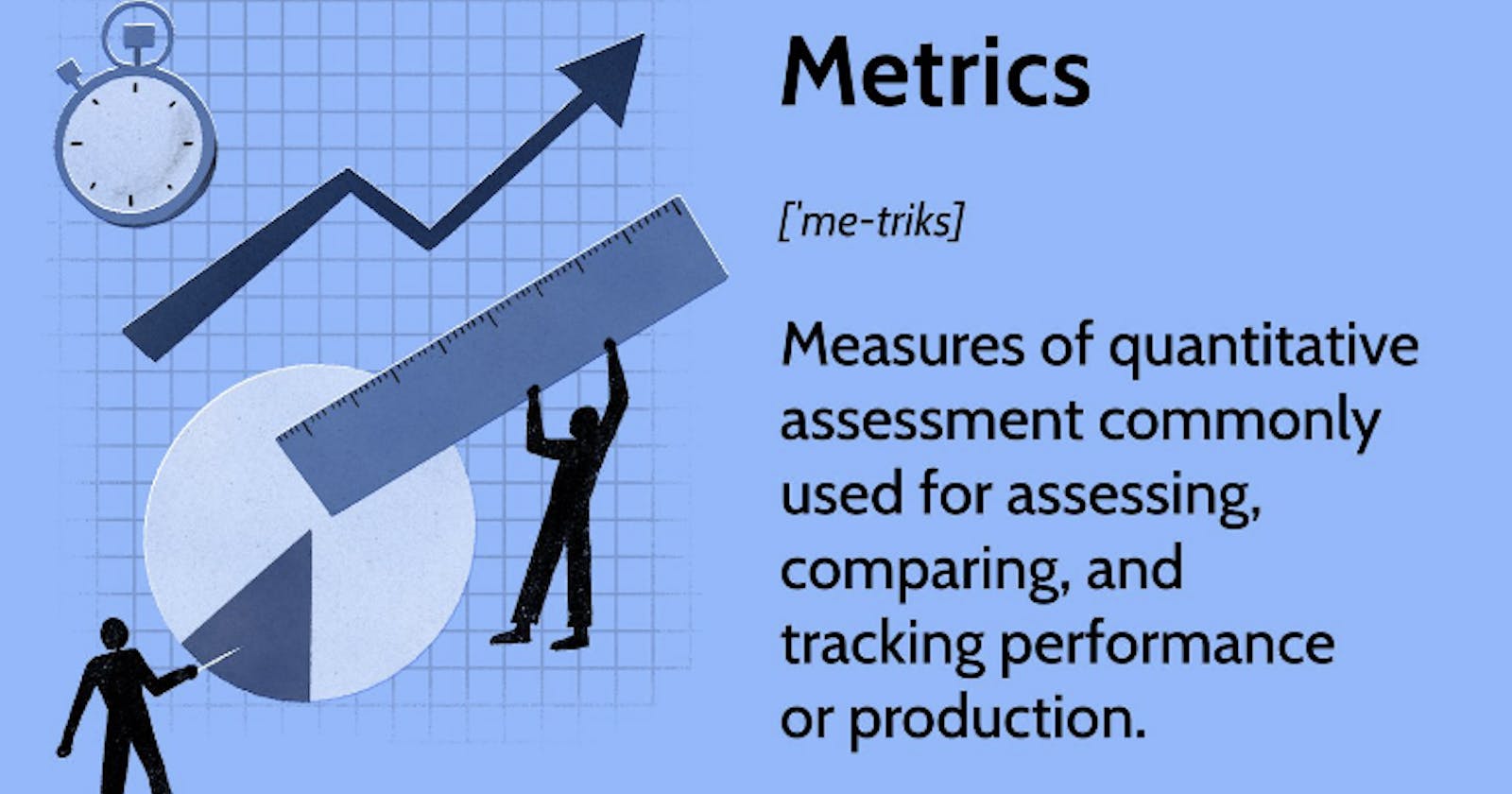Data analytics is all about tracking the metrics that are critical for a business and business stakeholders. But it's tricky to choose the right kind of metrics for Data analysts that impact the business especially if the business is at the initial stage of development.
For Data analysts, the purpose of good metrics is to find the right product or service for the right customers at the right time. Today let's try to understand what makes good metrics with a Scenario example.
Thum rules for deriving Good Metric
A good metric is a comparative
A good metric is understandable
A good metric is a ratio or rate
A good metric helps to take action
A good metric is a comparative:
Definition: Comparative metrics involve assessing performance or values about a reference point, such as comparing current results to previous periods (e.g., day-to-day, week-to-week) or benchmarking against industry standards.
Purpose: To provide context and highlight trends, allowing businesses to understand whether they are improving, stagnating, or facing challenges over time.
A good metric is understandable
Definition: Metrics should be presented simply and clearly, making them easily comprehensible to a wide audience, including those who may not have a deep understanding of the subject matter.
Purpose: To facilitate widespread understanding and communication within the organization, enabling informed decision-making at various levels.
A good metric is a ratio or rate
Definition: Metrics expressed as ratios or rates involve comparing two quantities, often to provide a sense of proportion, efficiency, or performance relative to a specific unit of measure.
Purpose: To offer a more nuanced understanding of relationships between different variables, aiding in the identification of patterns, trends, or areas for improvement.
A good metric helps to take action.
Definition: Metrics that drive behavior change are those designed to influence actions, decisions, or strategies based on the insights derived from the data.
Purpose: To encourage adaptive and responsive behavior within the organization, ensuring that the data collected leads to tangible improvements or adjustments in processes and approaches
Let's try to understand each of Thum's rules in detail with an example scenario.
Scenario:
Assume you are a Data analyst of an Online Gaming Platform. Your mission is to understand player engagement, satisfaction, and habits through the lens of key metrics and we will learn how one should choose good metrics for their Business in this case for an online gaming platform.
1) Comparative:
Metric: Daily Active Users (DAU)
Comparison: "Yesterday, we had 5,000 players logging in to play our game. Today, it's 6,000! That's a 20% increase, showing more people are enjoying our game recently."
2) Easy to Understand:
Metric: User Ratings
Explanation: "User ratings are like giving our game a score out of 5 stars. If players give us 4 stars, it means they like it. So, a higher star rating is good news for our game!"
3) Ratio or Rate:
Metric: Monthly Game Sessions per Player
Calculation: "On average, players are logging in 10 times a month. That's our monthly game sessions per player ratio. It helps us see how often our players are coming back for more."
4) Helps to take action:
Metric: Average Playtime per Session
Behavior Change: "We notice players are only playing for 5 minutes on average. To make the game more engaging, we might add new features or challenges to encourage them to play longer and enjoy the experience."
In conclusion, choosing the right metrics for data analysis in the early stages of business development is crucial for making informed decisions. Following Thum's rules for deriving good metrics - being comparative, understandable, a ratio or rate, and actionable - can guide data analysts in selecting metrics that truly impact the business.
Thank you for taking the time to read and explore the significance of choosing effective metrics. Your understanding of these principles will undoubtedly contribute to better decision-making and success in leveraging data for business growth.

